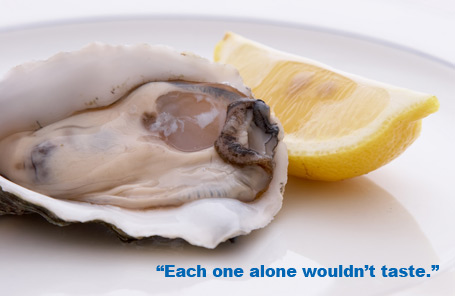Benefit. Brand diversification through partnered
brand extension does not need the creation of new knowhow, technology,
resources and capacities. All – or most of – what it is needed is
already there, not in one company but in two. As such, it is an
extremely efficient and straightforward approach.
The contractual framework behind a brand diversification partnership is a joint venture or a license agreement. Inhouse brand extensions show failure rates of 90% in fast moving consumer goods and over 50% in durable consumer goods. On the other hand, the success of partnered brand extensions is significantly better. Their survival rates are higher, and their profitability during the first 5 years is also much higher due to lower investment.
The most successful brand partnerships achieve annual sales of over 1 bn US$ and live since 20 years and more. Off course, not all are equally successful. Some brand partnerships stay small and are not renewed beyond their first contract term; but their number is by far smaller than the failure rate of inhouse extensions, and their financial loss – if any - is minor.
Later, a significant part of brand partnerhips turns into an own or inhouse business by one partner taking over the shares or activities of the other. The former licensee may acquire the trademark rights from the brand owner, the former licensor may acquire the licensed business from the licensee, and one of the joint venture partners may sell its shares to the other. In any case, a profitable solution for both parties and for the brand.
The contractual framework behind a brand diversification partnership is a joint venture or a license agreement. Inhouse brand extensions show failure rates of 90% in fast moving consumer goods and over 50% in durable consumer goods. On the other hand, the success of partnered brand extensions is significantly better. Their survival rates are higher, and their profitability during the first 5 years is also much higher due to lower investment.
The most successful brand partnerships achieve annual sales of over 1 bn US$ and live since 20 years and more. Off course, not all are equally successful. Some brand partnerships stay small and are not renewed beyond their first contract term; but their number is by far smaller than the failure rate of inhouse extensions, and their financial loss – if any - is minor.
Later, a significant part of brand partnerhips turns into an own or inhouse business by one partner taking over the shares or activities of the other. The former licensee may acquire the trademark rights from the brand owner, the former licensor may acquire the licensed business from the licensee, and one of the joint venture partners may sell its shares to the other. In any case, a profitable solution for both parties and for the brand.

